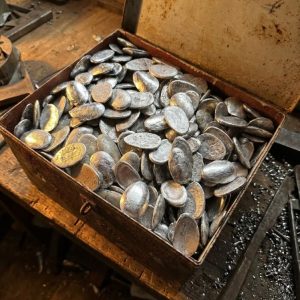On a black, frigid night in 1962, Frank Morris and the Anglin brothers executed one of history’s most notorious prison escapes from Alcatraz. Using spoons, stolen tools, and a homemade drill, they chipped away at cell vents, crafted lifelike dummy heads, and stitched a raft from raincoats. By dawn, they had vanished into the waters of San Francisco Bay. Officially, the FBI declared them drowned, but no bodies were ever found.
Decades of speculation followed. In 2013, a letter surfaced, allegedly from John Anglin, claiming the trio had survived. Details in the letter matched what only the escapees would know. Handwriting and forensic analysis were inconclusive but intriguing.
In 2018, a grainy photograph emerged from Brazil, allegedly showing the Anglin brothers in 1975. Advanced AI facial recognition compared the image to known photos, concluding with high probability that the men had survived. Combined with the 2013 letter, remnants of their raft, and successful recreations proving the escape possible, evidence suggests the men likely fled to South America and lived under assumed identities.
What began as an audacious escape became a legend of ingenuity, resilience, and the relentless pursuit of freedom. The Alcatraz breakout may not have been a tragic failure—but one of the most successful prison escapes in history.
After 55 years, the mystery may finally be solved: Frank Morris and the Anglin brothers may have lived entire lives outside the walls of the prison everyone thought was escape-proof. The myth of Alcatraz is shattered, revealing a truth far stranger than fiction.



